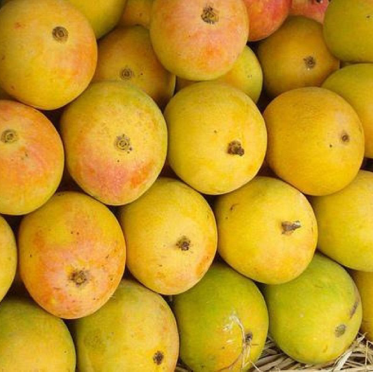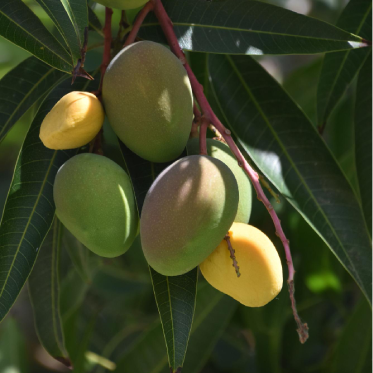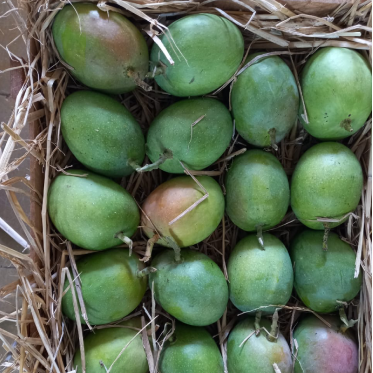1. Seasonality and Supply
Early Season:
At the beginning of the mango season (March to April), supply is limited as the harvest starts gradually.
Early-season mangoes, especially high-quality ones, command a premium price due to scarcity.
Peak Season:
During the peak harvest period (April to May), supply increases significantly, leading to a drop in prices.
The market is flooded with mangoes, making competition among sellers higher.
End of Season:
Towards the end of the season (June), supply dwindles again, and prices may stabilize or increase slightly for the remaining high-quality stock.
2. Regional Differences in Supply
Ratnagiri Mangoes:
Cultivated in a broader area with slightly less stringent quality controls compared to Devgad.
Larger production volumes often lead to slightly lower prices during peak season.
Devgad Mangoes:
Produced in a smaller geographic region under specific soil and climate conditions.
Limited production and stricter quality standards often result in higher prices.
3. Quality Factors
Fruit Size and Taste:
Early-season mangoes are smaller and may have slightly less flavor due to incomplete ripening, but they are priced higher due to exclusivity.
Peak-season fruits are larger, sweeter, and more aromatic, but the abundance affects their price.
Pest-Free and Premium Grades:
Export-quality mangoes or those free from blemishes fetch higher prices consistently.
4. Weather Impacts
Rainfall and Temperature:
Weather conditions during flowering and fruiting significantly impact yield.
Adverse weather (e.g., unseasonal rains) can lead to lower yields, pushing up prices.
Microclimatic Differences:
The unique microclimate of Devgad gives its mangoes a distinct flavor, often justifying their higher price compared to Ratnagiri mangoes.
5. Market Dynamics
Demand:
Alphonso mangoes are highly sought after in domestic and international markets.
High demand during festivals (e.g., Gudi Padwa) or special occasions spikes prices.
Export Markets:
Devgad mangoes are often preferred for export due to consistent quality, fetching higher prices even domestically.
Export demand also reduces the domestic supply, influencing prices.
6. Branding and Geographic Indication (GI)
Ratnagiri and Devgad GI Tags:
Both mangoes are recognized under the GI system, but the “Devgad” brand is considered more exclusive.
Devgad mango growers often employ better branding and marketing strategies, influencing prices.
7. Transportation and Storage Costs
Early Season:
Higher transportation and storage costs are involved in bringing early-season mangoes to the market.
Middle and End of Season:
Lower transportation costs due to abundant local supply can reduce prices.
Summary of Price Trends
| Season Phase | Price Trend | Reasons |
| Early Season | High | Limited supply, high demand, exclusivity. |
| Peak Season | Moderate to Low | Increased supply, competitive pricing, abundant availability. |
| End of Season | Stable or Slightly High | Reduced supply, leftover premium-quality stock. |
Understanding these dynamics helps consumers and traders make informed decisions when purchasing these prized mangoes.












